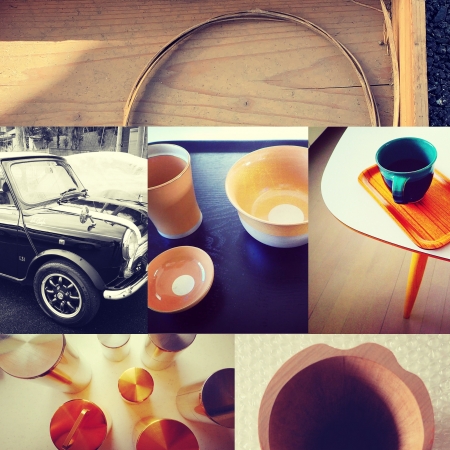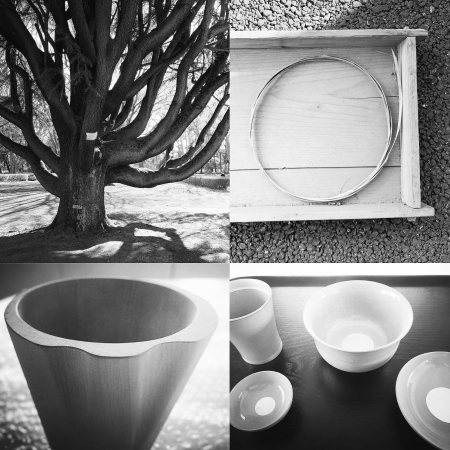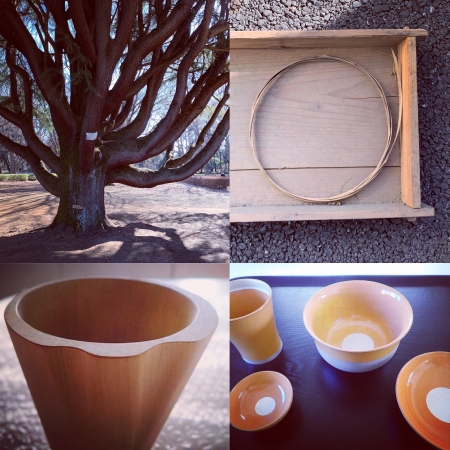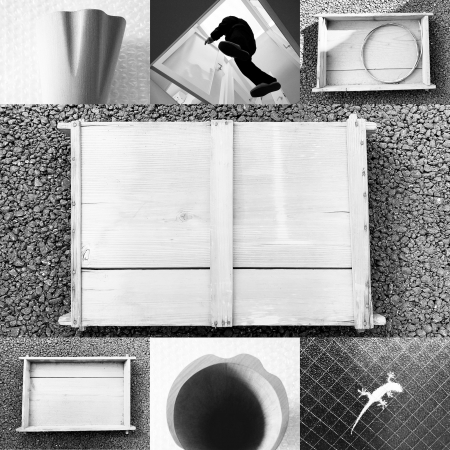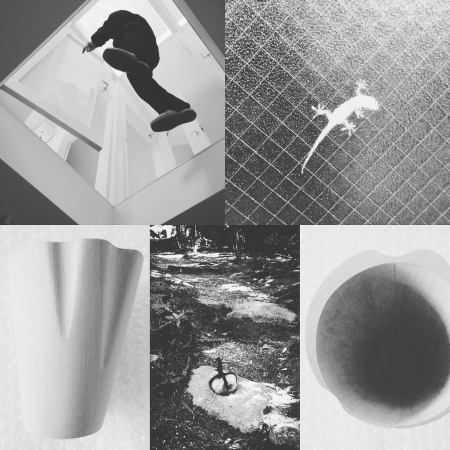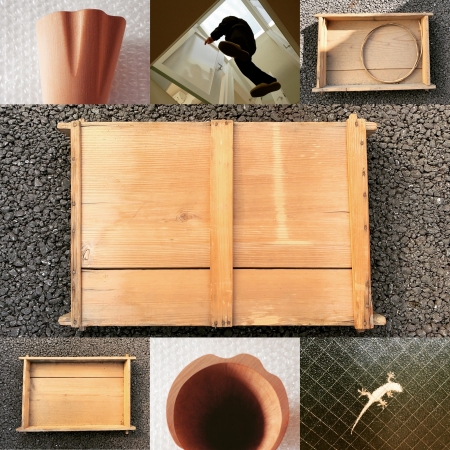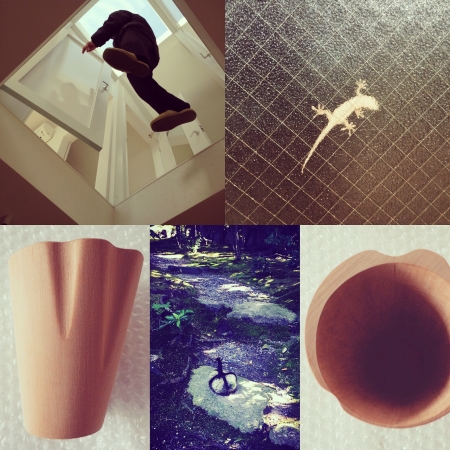規範が全てを絡め取る
建築において目には見えない規範のようなものは何かと考えてみると、モジュールやグリッドやスパンなどの一定の決まった尺度の繰り返しであったり、その土地固有のルール、例えば、敷地に対する建ち方や仕上げの素材などの環境からの影響や、建築に具体的にはわかりやすく現れてこないかもしれない慣習などがある。
さらに、それらの規範にはその元となる建築へのモラルや期待感なども含まれるかもしれないし、過去へ遡ってつながりを紡ぐことも必要かもしれない。
何かひとつの規範を抽出したら、建築に関係する全ての事柄を絡め取るようなことができないかと考えている。
"The norm entwines everything"
Thinking about what kind of invisible norms in architecture are the repetition of certain fixed scales such as modules, grids and spans, and the land-specific rules, such as how to build on the site. There are environmental influences such as finishing materials, and customs that may not appear in architecture in an easy-to-understand manner.
In addition, those norms may include morals and expectations for the underlying architecture, and it may be necessary to go back in time and create connections.
I'm wondering if I could extract all the norms and get involved with all the things related to architecture.

